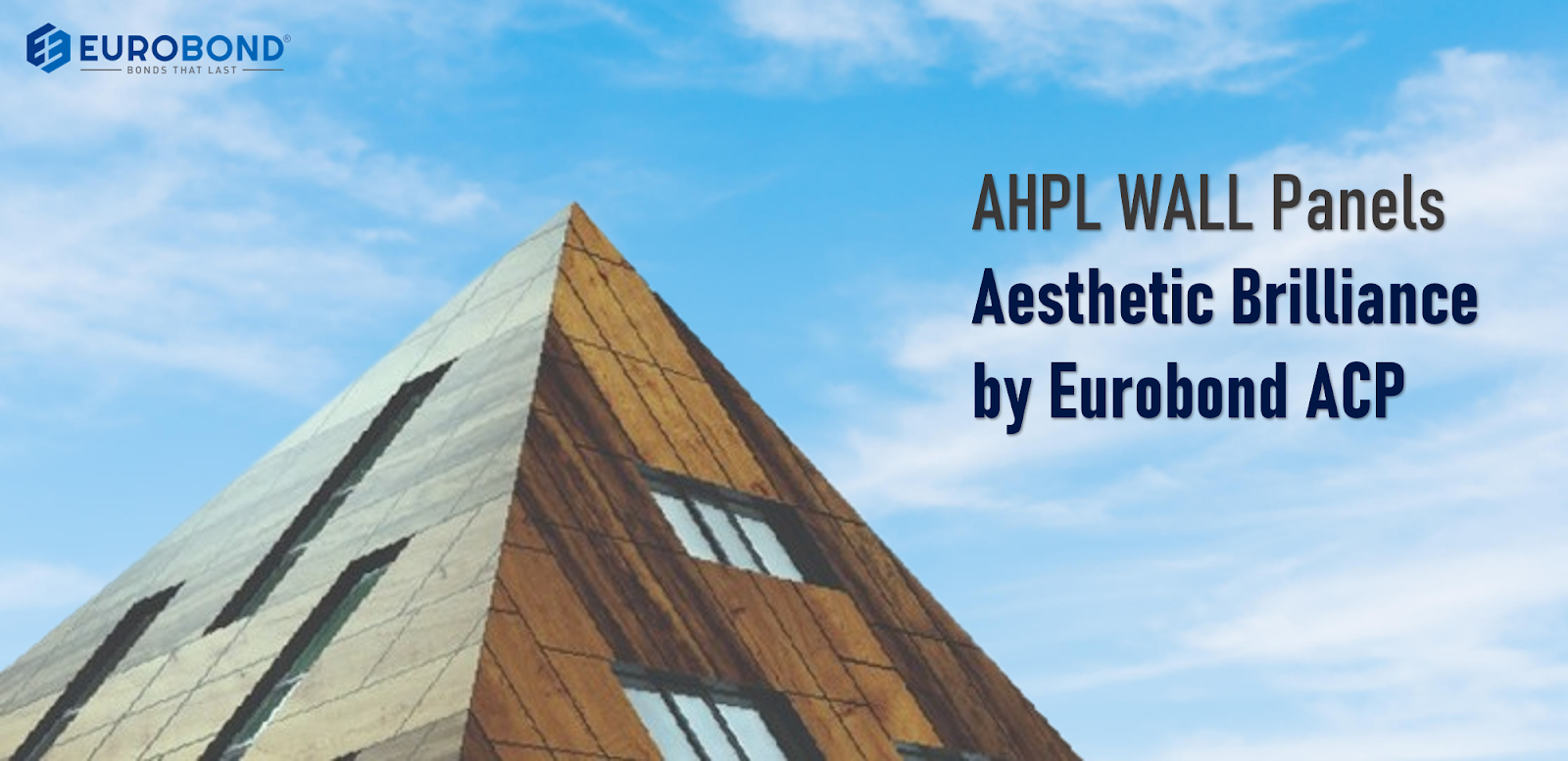Elevate Your Building Facade with ACP Panels: A Fusion of Creativity and Durability
In the dynamic world of architecture, the facade of a building serves as its face, reflecting not only the aesthetic taste of its designer but also the practical considerations of durability and functionality. In recent years, Aluminum Composite Panels (ACPs) have emerged as a revolutionary choice in the building material industry, redefining the possibilities of facade design. Let's delve into the world of ACP panels and explore how they're shaping the landscape of modern architecture.
Understanding ACP Panels:
Aluminum Composite Panels (ACPs) consist of two thin coil-coated aluminum sheets bonded to a non-aluminum core, typically made of polyethylene. This sandwich structure imparts exceptional rigidity, while remaining lightweight, making ACP panels an ideal choice for building facades. The versatility of ACP panels lies in their ability to be molded, bent, and cut into various shapes and sizes, allowing architects to unleash their creativity without compromising on structural integrity.
Benefits of ACP Panels:
1. Aesthetic Appeal: ACP panels offer a wide range of colors, finishes, and textures, providing architects with endless design possibilities. Whether it's a sleek, modern look or a rustic, textured facade, ACP panels can bring any architectural vision to life.
2. Durability: Despite their lightweight nature, ACP panels are incredibly durable and weather-resistant. They can withstand harsh environmental conditions such as extreme temperatures, UV radiation, and moisture, ensuring long-term performance and minimal maintenance requirements.
3. Thermal Insulation: The insulating properties of the core material in ACP panels contribute to improved thermal efficiency, helping to regulate indoor temperatures and reduce energy consumption, thereby making them environmentally friendly.
4. Fire Resistance: ACP panels are available in fire-retardant variants, offering enhanced safety and peace of mind in case of fire outbreaks. These panels comply with stringent fire safety regulations, making them suitable for a wide range of applications, including high-rise buildings.
Applications of ACP Panels:
The versatility and practicality of ACP panels make them suitable for various architectural applications beyond building facades, including:
- Interior Decoration: ACP panels can be used to create stunning interior spaces, such as feature walls, partitions, and ceiling panels, adding a touch of elegance and sophistication to any environment.
- Signage and Branding: ACP panels serve as an excellent substrate for signage and branding elements, thanks to their smooth surface and ability to accommodate digital printing and vinyl graphics.
- Furniture Design: ACP panels can be used to manufacture durable and stylish furniture pieces, such as tables, chairs, and cabinets, blending seamlessly with any interior decor scheme.
Conclusion:
Innovation is the driving force behind the evolution of the building material industry, and ACP panels exemplify this spirit of innovation by offering a perfect balance of form and function. Whether it's enhancing the visual appeal of a building facade or revolutionizing interior design, ACP panels continue to inspire architects and designers worldwide with their limitless possibilities. As we embrace the future of architecture, let's remember that with ACP panels, the only limit is our imagination.


Comments
Post a Comment